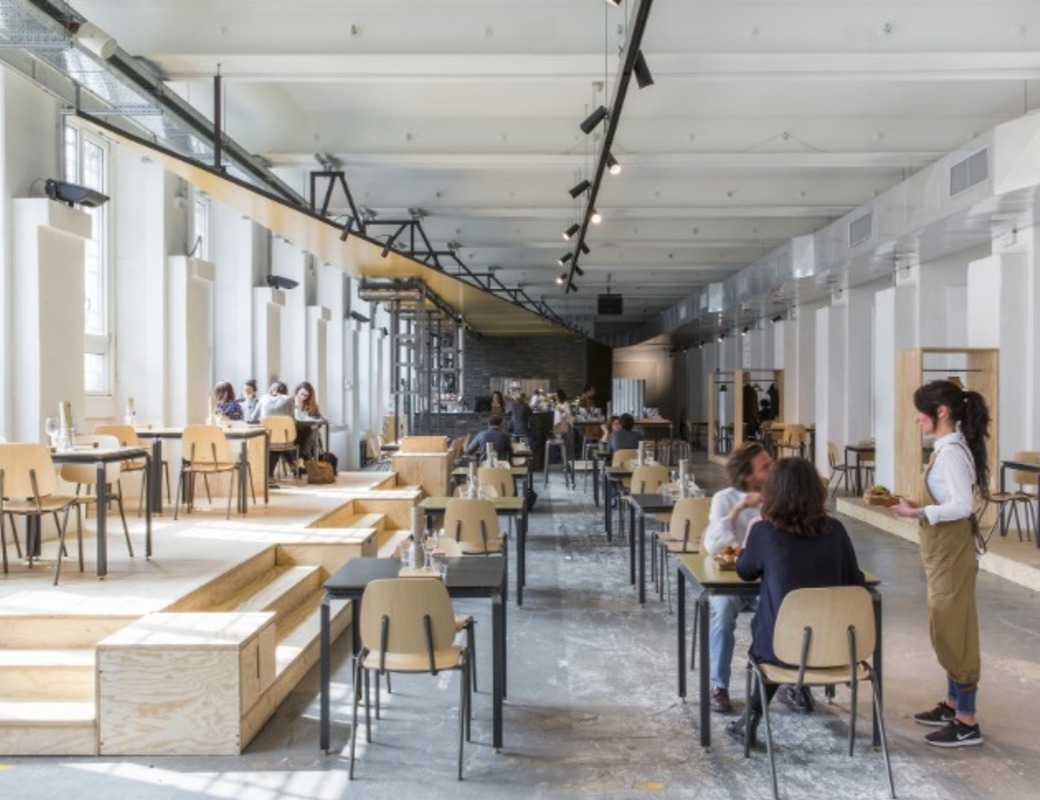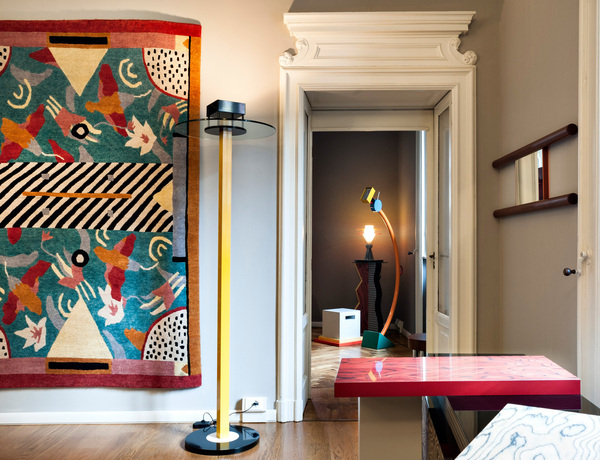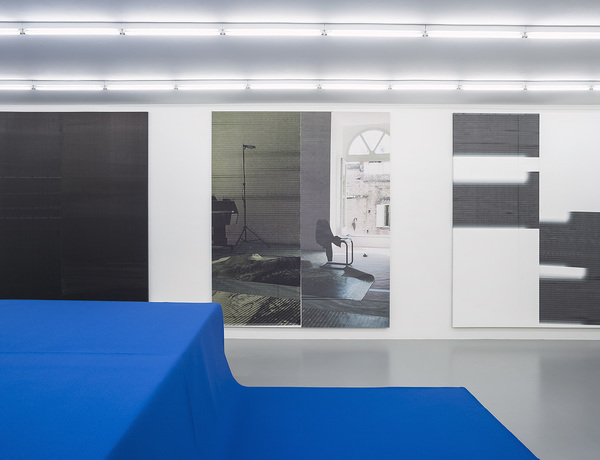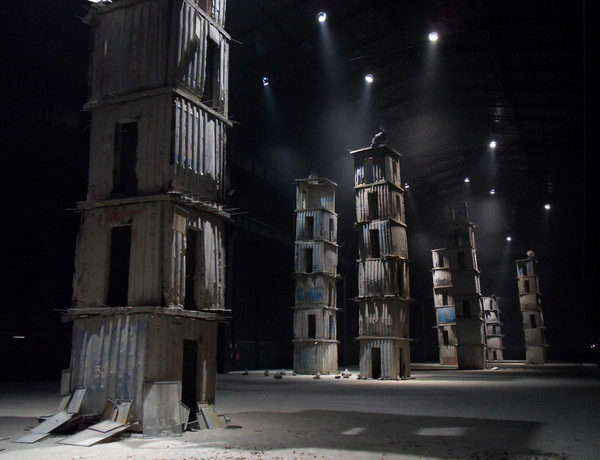Gió Marconi gallery started in 1990 under the initiative of Gió Marconi who created the Studio Marconi 17, an experimental space for young artists and art critics that he ran from 1986 to 1990.
At the beginning, the new gallery was directed by Gió and his father Giorgio, who had founded the Studio Marconi (1965-1992); now, Gió Marconi gallery mainly focuses on contemporary positions while it also continues to include historical artists of the Studio Marconi into its programme.
Gió Marconi is interested in the works of the European and international avant-garde, showing artists such as Franz Ackermann, Trisha Baga, John Bock, Kerstin Brätsch, Matthew Brannon, André Butzer, Alex Da Corte, Nathalie Djurberg & Hans Berg, Simon Fujiwara, Wade Guyton, Allison Katz, Annette Kelm, Sharon Lockhart, Michel Majerus, Oliver Osborne, Jorge Pardo, Tobias Rehberger, Markus Schinwald, Dasha Shishkin, Catherine Sullivan, Grazia Toderi, Fredrik Vaerslev, Atelier Van Lieshout, Francesco Vezzoli, Amelie von Wulffen.
From 1965 until now, exhibitions by the following artists have been realized by the Studio Marconi and Gió Marconi gallery: Valerio Adami, Enrico Baj, Georg Baselitz, Joseph Beuys, Peter Blake, Alighiero Boetti, Alberto Burri, Alexander Calder, Anthony Caro, Enrico Castellani, Patrick Caulfield, Mario Ceroli, Marc Chagall, Christo, James Coleman, Gianni Colombo, Willem de Kooning, Sonia Delaunay, Lucio Del Pezzo, Antonio Dias, Bruno Di Bello, Piero Dorazio, Lucio Fontana, Sam Francis, Richard Hamilton, David Hockney, Hsiao Chin, Anselm Kiefer, Martin Kippenberger, Franz Kline, Lee U Fan, Man Ray, Giuseppe Maraniello, Joan Mirò, Maurizio Mochetti, Aldo Mondino, Francois Morellet, Keizo Moroshita, Ugo Mulas, Louise Nevelson, Helmut Newton, Gastone Novelli, Giulio Paolini, Gianfranco Pardi, H.P.Paris, A.R.Penck, Francis Picabia, Pablo Picasso, Arnaldo Pomodoro, Mimmo Rotella, Mario Schifano, Daniel Spoerri, Aldo Spoldi, Emilio Tadini, Antoni Tapies, Herve Telemaque, Joe Tilson, Giuseppe Uncini, Emilio Vedova, Tom Wesselman, William T. Wiley, Christopher Wool.




